Spice Chronicles: The Fiery World of Asian Chile – From Mild to Mouth-Blazing!
Calling all spice enthusiasts and heat-seekers! Whether you're a seasoned chilihead or just starting your journey into the world of fiery flavors, this guide is your passport to the most iconic Asian chiles that have been turning up the heat for centuries.
From the smoky depths of Sichuan peppercorns (yes, they’re not technically a chile, but still belong in our spicy lineup!) to the searing power of Thai bird’s eye chiles, we’ve got a sizzling list of must-know peppers across Asia. Buckle up — we're diving deep into flavor profiles, heat levels, culinary uses, and even some spicy pro tips to keep your taste buds (and your kitchen) safe and sensational.
🔥 Table of Contents
- 🌶️ Asian Chile Roundup: Meet the Heavyweights
- 🌡️ Heat Index: How Spicy Are These Chiles?
- 👩🍳 Culinary Tips: Cooking with Asian Chiles Like a Pro
- 🌏 From Culture to Cuisine: Chili Across Asia
- 🚀 Spice Up Your Life: Creative Uses for Asian Chiles
- 🧐 Chili Myths Busted: Separating Fact from Fiction

🌶️ Asian Chile Roundup: Meet the Heavyweights
Asia is home to a dizzying variety of chiles, each with its own personality and purpose in the kitchen. Let’s take a whirlwind tour of the top players:
- Sichuan Peppercorns (Zanthoxylum) – Technically a citrus relative, this numbing sensation brings a tingling mouthfeel often paired with actual chiles for the full “mala” experience.
- Thai Bird’s Eye Chile (Prik Kee Noo) – Small but mighty! Used in curries, stir-fries, and sauces like Sriracha and Nam Prik.
- Korean Gochugaru – Dried red pepper used in kimchi and gochujang paste. Sweet, smoky, and moderately hot.
- Indonesian Cabe Rawit – A common small green or red chile found in sambal and street food.
- Japanese Shishito Pepper – Mostly mild, occasionally spicy. Often grilled and lightly salted.
- Indian Bhut Jolokia (Ghost Pepper) – One of the hottest natural peppers in the world. Hailing from Assam, it’s used sparingly in northeastern cuisine.
- Vietnamese Ớt Chỉ Thiên – Also known as the “Finger-Length Chili,” this thin red chile packs serious heat and is popular in southern Vietnamese dishes.
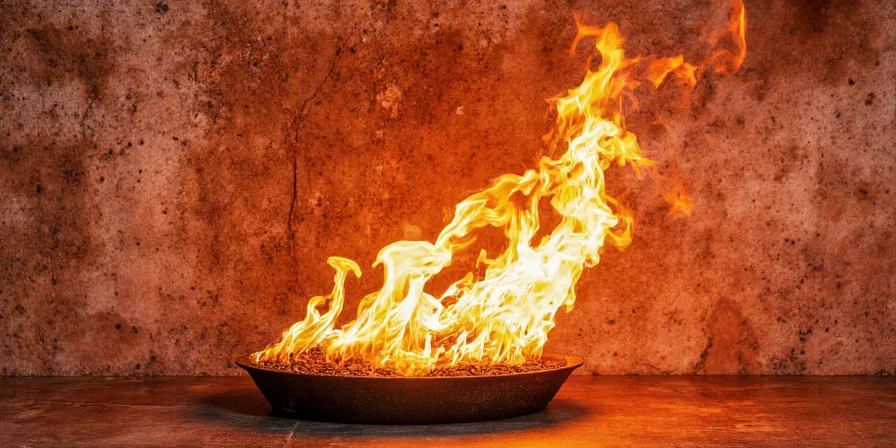
🌡️ Heat Index: How Spicy Are These Chiles?
If you've ever wondered why one bite of Thai curry feels like a lava flow while a bowl of kimchi leaves you only mildly sweaty, the answer lies in the Scoville Scale. Here's how our favorite Asian chiles stack up:
| Chile Name | Scoville Heat Units (SHU) | Common Use | Relative Heat |
|---|---|---|---|
| Bhut Jolokia (Ghost Pepper) | 1,000,000+ | North East Indian dishes | 🔥🔥🔥🔥🔥 |
| Cabe Rawit | 50,000 - 100,000 | Indonesian sambals | 🔥🔥🔥🔥 |
| Thai Bird’s Eye | 50,000 - 100,000 | Pad Thai, Thai curry pastes | 🔥🔥🔥🔥 |
| Ớt Chỉ Thiên | 30,000 - 50,000 | Vietnamese soups & marinades | 🔥🔥🔥 |
| Gochugaru | 4,000 - 10,000 | Kimchi, Gochujang | 🔥🔥 |
| Shishito | 100 - 1,000 | Japenese appetizer | 🔥 |
| Sichuan Peppercorn | ~0 | Numbing agent in Sichuan dishes | 🧠 Tingling |
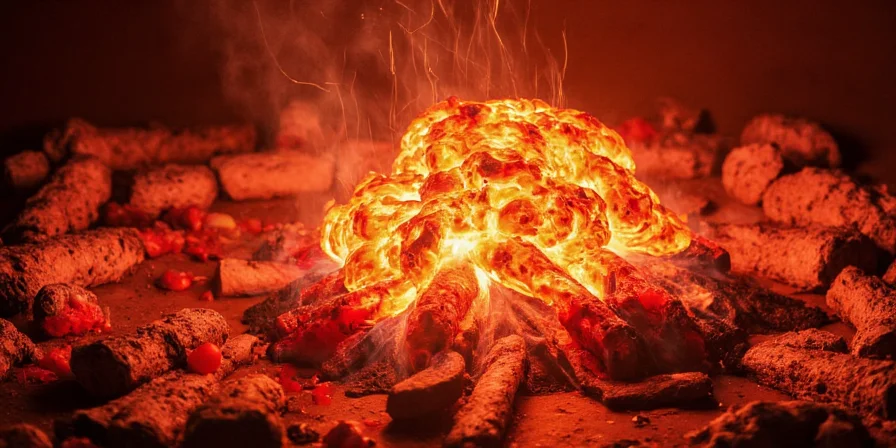
👩🍳 Culinary Tips: Cooking with Asian Chiles Like a Pro
Cooking with chiles can be as delicate as playing a violin or as wild as headbanging at a rock concert — depending on what you’re making. Here are some essential tips to master the art:
- Use gloves when handling fresh chiles: Capsaicin sticks to your skin and can cause serious discomfort if it gets near your eyes or nose. Trust us — you don’t want to accidentally rub your eye after touching a ghost pepper.
- Remove seeds and membranes for less heat: Most of the heat comes from the inner parts. Want to keep the flavor but reduce the burn? Scoop out those bits!
- Roast them for depth of flavor: Toasting dried chiles in a dry pan or over an open flame enhances their sweetness and smokiness — perfect for curries and sauces.
- Add chiles early for deeper flavor, late for sharper heat: If you want the heat to infuse throughout the dish, add chopped or ground chiles early in the cooking process. For a punchier kick, throw them in at the end.
- Balance with dairy or sugar: In case of emergency (aka too much heat), dairy products like yogurt or coconut milk will soothe the fire. A pinch of sugar can also help balance overly spicy dishes.

🌏 From Culture to Cuisine: Chili Across Asia
The love affair between Asians and chiles didn’t start yesterday — chili plants were introduced to Asia by Portuguese traders from the Americas in the 16th century. Since then, they’ve become deeply embedded in regional cuisines:
- Thailand: Thai curries (green, red, yellow) rely heavily on fresh chiles. Street vendors make fiery dipping sauces like nam prik using pounded chiles, shrimp paste, and garlic.
- Korea: Gochugaru isn’t just about heat; it’s about color, texture, and preservation. Kimchi wouldn’t be kimchi without that distinctive crimson hue and slow-building warmth.
- India: Especially in the south and northeast, chiles are used in everything from sambar to vindaloos. Kashmiri chiles give many dishes their rich red color without the overpowering heat.
- Vietnam: Fresh slices of ớt (chile) often come on the side of pho or banh mi. Pickled jalapeños are a modern twist influenced by globalization, but traditionalists stick to small red chiles.
- China: Hunan and Sichuan provinces are known for their bold use of chiles. Sichuan cuisine pairs them with tongue-numbing peppercorns for a dual sensory assault!
- Indonesia: Sambal is king here. With hundreds of regional variations, sambal oelek is just the tip of the iceberg.
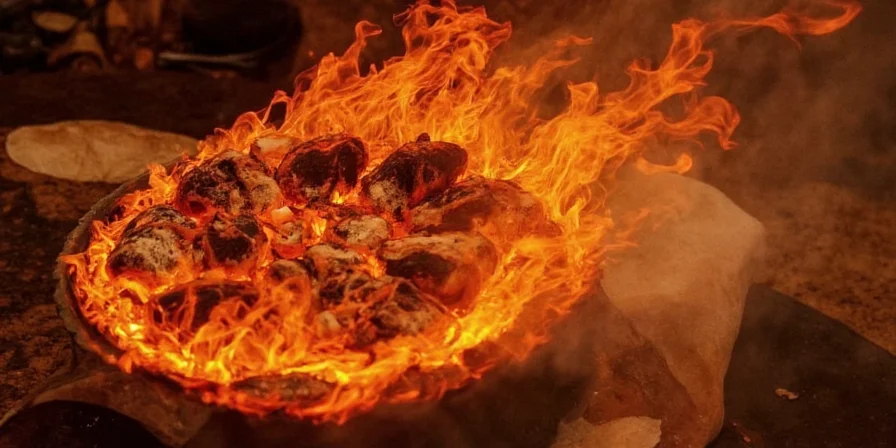
🚀 Spice Up Your Life: Creative Uses for Asian Chiles
You don't need to be in Asia to enjoy these firey gems. Try these innovative ways to bring more zing to your daily meals:
- Homemade infused oils: Soak dried chiles in olive oil or sesame oil for weeks to create custom spicy bases for dressings or stir-fries.
- DIY chili pastes: Make your own sambal, gochujang-style paste, or green curry paste by blending roasted chiles with aromatics and salt.
- Spiced honey or syrup: Infuse honey with Thai bird’s eye chiles and drizzle over fried chicken or cocktails.
- Chili butter: Mix softened butter with minced chiles and herbs — perfect for melting over steak, corn, or toast.
- Chili-infused drinks: Add a few drops of homemade chili tincture to margaritas or bloody marys for a sneaky kick.
- Chili powder blends: Create your own masalas by grinding together dried chiles, spices, and salt — store in airtight jars for quick seasoning magic.

🧐 Chili Myths Busted: Separating Fact from Fiction
Time to debunk some of the most persistent myths floating around the internet (and grandma’s kitchen). Ready?
- Myth: Eating chiles damages your stomach lining.
Fact: While extremely spicy foods might irritate people with sensitive stomachs, chiles actually stimulate digestion and may protect against ulcers thanks to their antibacterial properties. - Myth: Drinking water cools down spicy food.
Fact: Water spreads the capsaicin around, making things worse! Reach for dairy, fatty foods, or sugar instead. - Myth: Chiles deplete nutrients.
Fact: On the contrary, chiles are rich in vitamin C, antioxidants, and anti-inflammatory compounds. - Myth: Birds feel the heat too.
Fact: Birds lack pain receptors for capsaicin — which means they eat the seeds and spread them everywhere. Nature is wild! - Myth: You can build immunity to spiciness permanently.
Fact: You can temporarily desensitize your palate with repeated exposure, but the effect fades once you take a break from spicy foods.
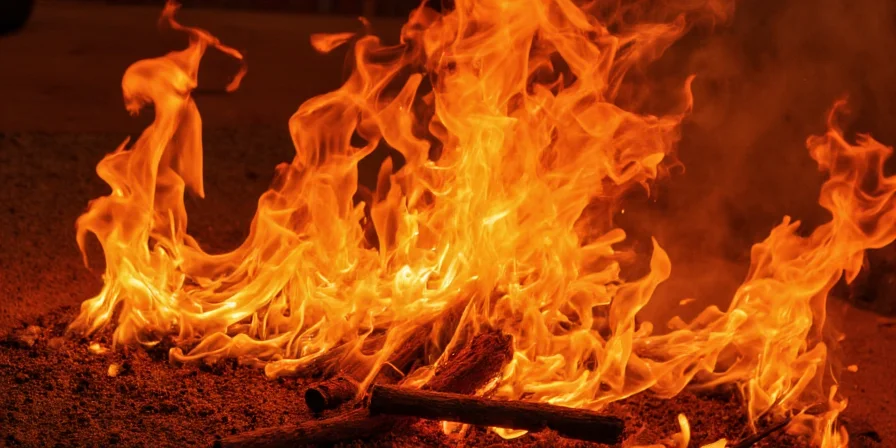
Conclusion
Asian chiles are more than just heat machines — they're cultural icons, flavor enhancers, and culinary superheroes. Whether you’re chasing the rush of endorphins or the authentic depth of regional dishes, understanding the diversity and proper use of these chiles can elevate your cooking game significantly.
So next time you reach for that jar of gochugaru or toss a handful of bird’s eye chiles into your wok, remember: it’s not just about spice — it’s about heritage, chemistry, and a little bit of culinary wizardry. Now go forth, spice adventurer, and ignite your senses responsibly!
Stay tuned for more entries in our Global Spice Traditions series. Next stop: the aromatic world of lemongrass and galangal!

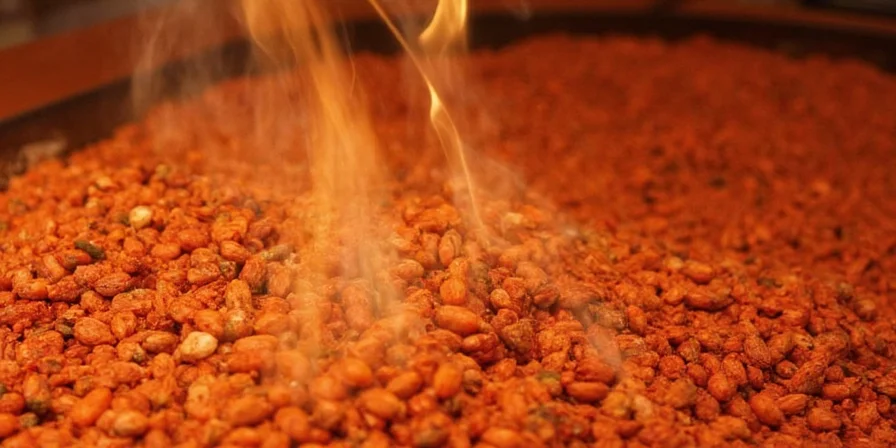









 浙公网安备
33010002000092号
浙公网安备
33010002000092号 浙B2-20120091-4
浙B2-20120091-4